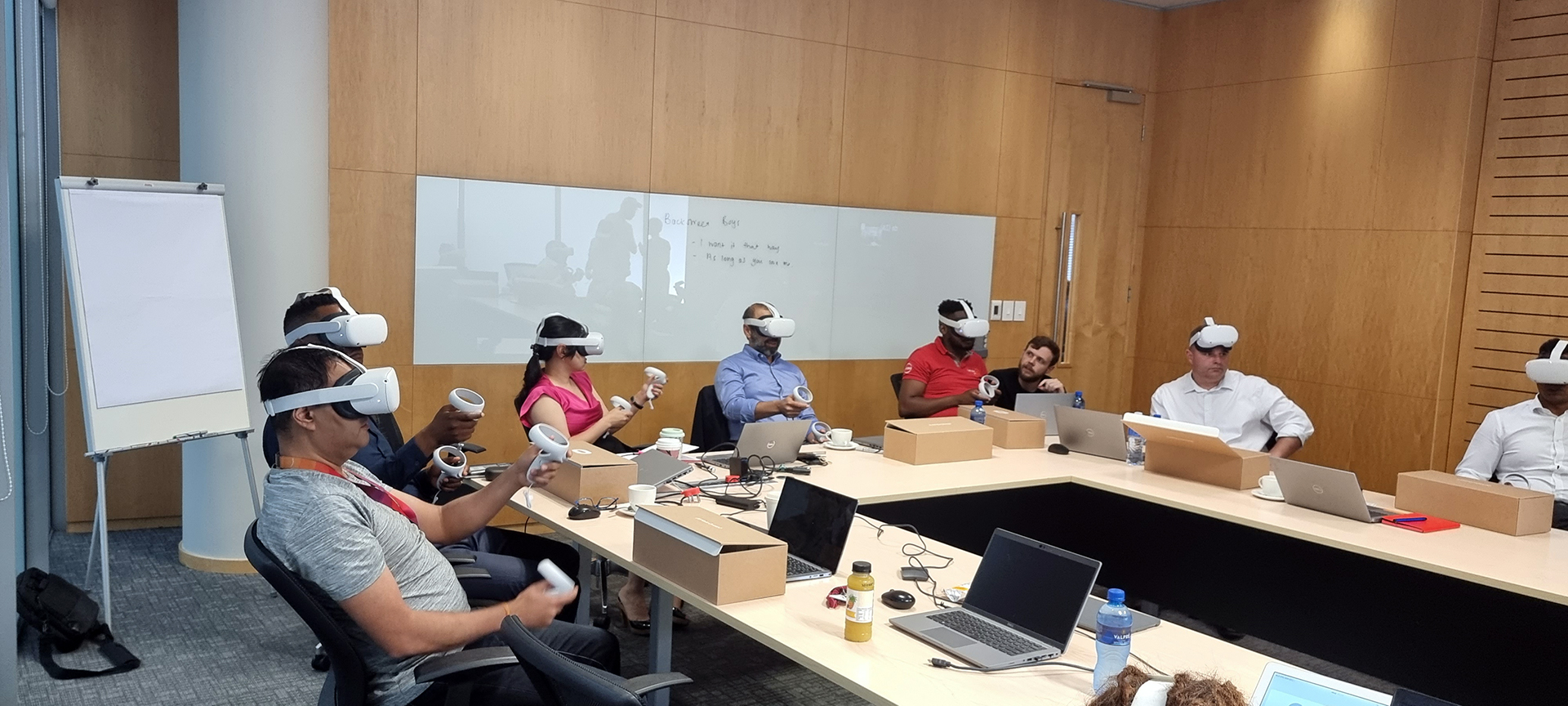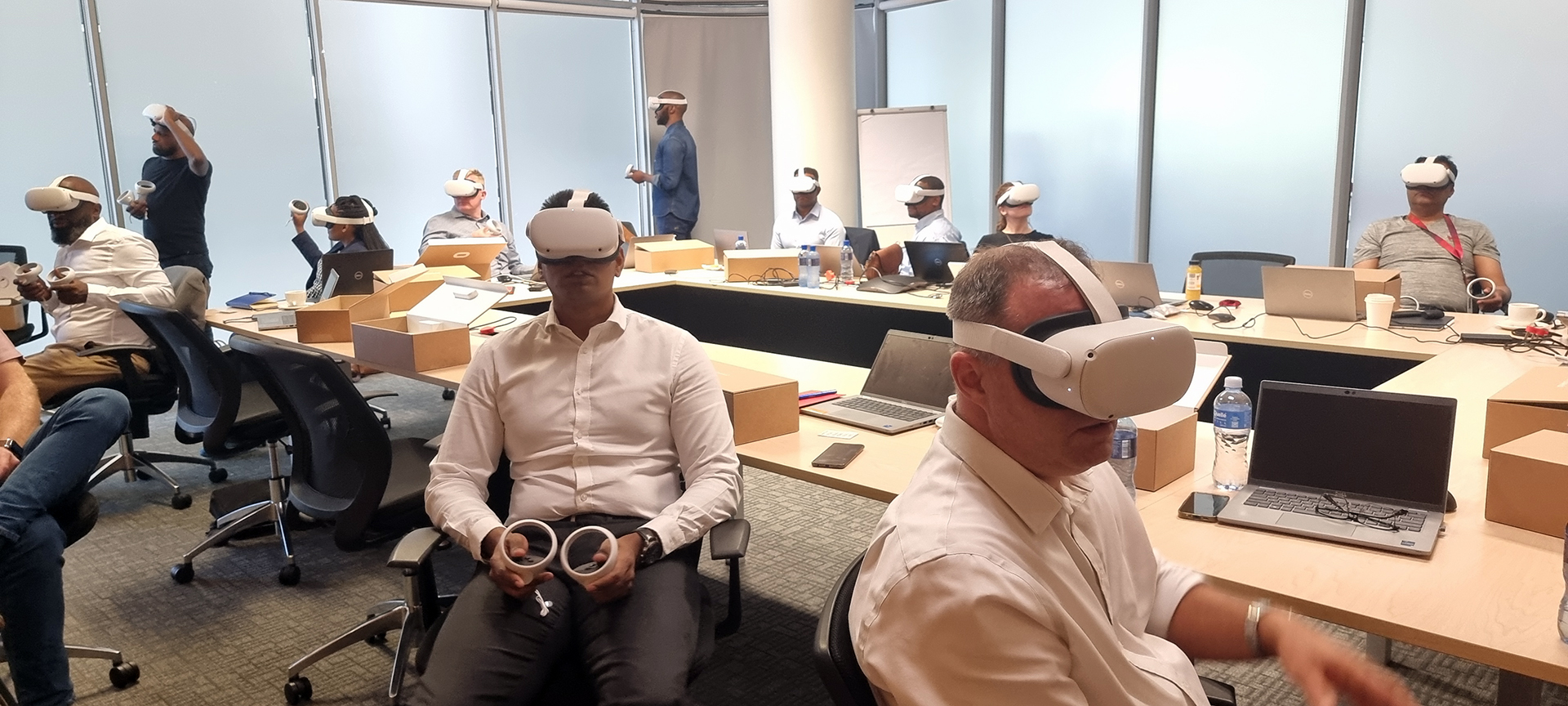In the realm of virtual reality (VR), the creation of bespoke solutions is an intricate dance of innovation, technology, and user experience. Virtual Reality South Africa (VRSA) has emerged as a front-runner in this field, particularly with its groundbreaking Metaverse Training Solution tailored for a premier South African company. This endeavor highlights the paramount importance of client collaboration throughout the development process, especially during testing phases, to refine the product and ensure it aligns with both client expectations and user needs.
The development journey of a custom VR solution is multifaceted, starting from the conceptualization to the deployment stage. Among these, the testing phase stands out for its critical role in shaping the end product. VRSA’s approach to integrating the client into this phase has been instrumental in demonstrating progress, enhancing user experience, identifying potential issues, and refining the custom experience to better meet client needs. Regular testing sessions with the client not only served as checkpoints for development milestones but also as opportunities to validate the project’s direction and make necessary adjustments in real-time.

Demonstrating progress through these sessions ensures that the project remains on track and aligns with the client’s vision and requirements. It acts as a transparent window through which the client can view the evolution of their solution, fostering a sense of involvement and investment in the project’s success. This transparency is crucial in maintaining trust and open communication between the developer and the client.
Moreover, the emphasis on enhancing user experience through client collaboration during testing cannot be overstated. By inviting end-users to participate in these sessions, VRSA could gather firsthand feedback on the intuitiveness of the interface and the overall engagement level of the experience. This user-centric feedback is invaluable, as it directly informs adjustments and enhancements to the UI/UX, making the virtual environment not just functional but also enjoyable and accessible to its intended audience.
Identifying and resolving issues is another cornerstone of the testing phase. Beyond mere bug fixing, these sessions illuminate areas where users might struggle with the VR experience, allowing for a more nuanced refinement of the solution. Understanding these user challenges early in the development process enables VRSA to implement targeted adjustments, ensuring a smoother and more intuitive user experience upon release.

Lastly, the iterative nature of testing with client collaboration allows for the continuous refinement of the custom experience. Each session provides insights into how the solution can be better tailored to the client’s specific needs and objectives, ensuring the final product is not just a technological marvel but a truly effective and impactful tool for the client’s purposes.
The collaborative effort between VRSA and its client during the Metaverse Training Solution project exemplifies the symbiotic relationship between developers and clients in the VR domain. This partnership not only accelerates problem-solving and innovation but also significantly enhances client satisfaction by ensuring the final product closely aligns with their expectations and needs. As VR technology continues to evolve, the success of projects like these underscores the importance of client involvement in the development process, setting a benchmark for future endeavors in the VR industry. Through such collaborative efforts, companies like VRSA are not merely creating VR solutions; they are crafting immersive experiences that resonate with users and exceed client expectations, thereby pushing the boundaries of what is possible in virtual reality.
